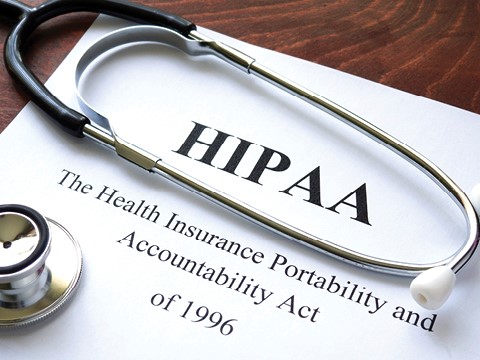How to enroll in Medicare when you turn 65
For those eligible for Medicare, the Initial Enrollment Period (IEP) begins three months before your 65th birthday and ends three months after. If you fail to register during this period, you risk incurring a 10 percent penalty charge on your Medicare Part B premiums (and on Part A if you are required to pay Medicare Part A premiums) for every year you forgo coverage. Over time, these penalties can become costly.
If you are eligible for enrollment, you should receive a Medicare package in the mail that contains a Medicare card and details about how the program works three months before coverage begins. While not everyone is required to enroll, you need to sign up during this enrollment period if you fall into one of the following categories:
- You do not have health insurance
- You purchased your own health insurance
- You have retirement benefits from a former employer
Can I keep my current insurance?
If you are still employed and covered by your employer's insurance at 65, you do not have to enroll in Medicare at this time. It can be beneficial to enroll in Medicare Part A even if you are already covered. Part A will not cost you anything (if you have paid Medicare taxes for at least 10 years) and can serve as secondary insurance that helps protect health services your primary insurance does not. Another thing to consider is if you contribute to a health savings account. Medicare does not allow enrollees to contribute to an HSA, so keep this in mind when considering signing up for Medicare as your secondary insurance.
Suppose you work for an organization with less than 20 employees. In that case, generally, you will need to take Medicare Parts A and B as your primary insurance but can still rely on your employer's plan as secondary insurance. Check with your employer to be certain how your coverage works with Medicare.
The Special Enrollment Period (SEP)
Generally, the SEP only applies if you are covered by insurance from your employer or your spouse's employer. You can postpone registering in Part B until eight months after employment or coverage is terminated (whichever happens first), regardless of your age. When you enroll during the SEP, your Medicare coverage begins on the first day of the following month without any penalties.
Keep in mind that if the Initial Enrollment Period (IEP) and the Special Enrollment Period overlap, you are required to enroll during the IEP. If you fail to enroll during the IEP, you will not be eligible for the SEP and risk incurring penalties.
For Lincare Patients
If you are a Lincare patient who chooses to enroll in Part B once you are eligible, we will begin billing your Medicare health insurance. Here are some points to consider:
- Oxygen patients: you will need to be retested and have a face-to-face visit with your practitioner within 30 days of the start of your Medicare coverage. This test is used to start a new initial certification of medical necessity (CMN) for Medicare.
- Sleep Apnea patients: If you use Lincare for your PAP device or are ordering PAP supplies, you will need to have a face-to-face visit with your practitioner after your Medicare effective date to discuss treatment and confirm you are using and benefitting from your CPAP device.
If you are an oxygen or, nebulizer patient you have the option to get your unit dose medication through the Lincare Pharmacy. Our care team will discuss options with you to ensure you are getting the service that works best for you.


